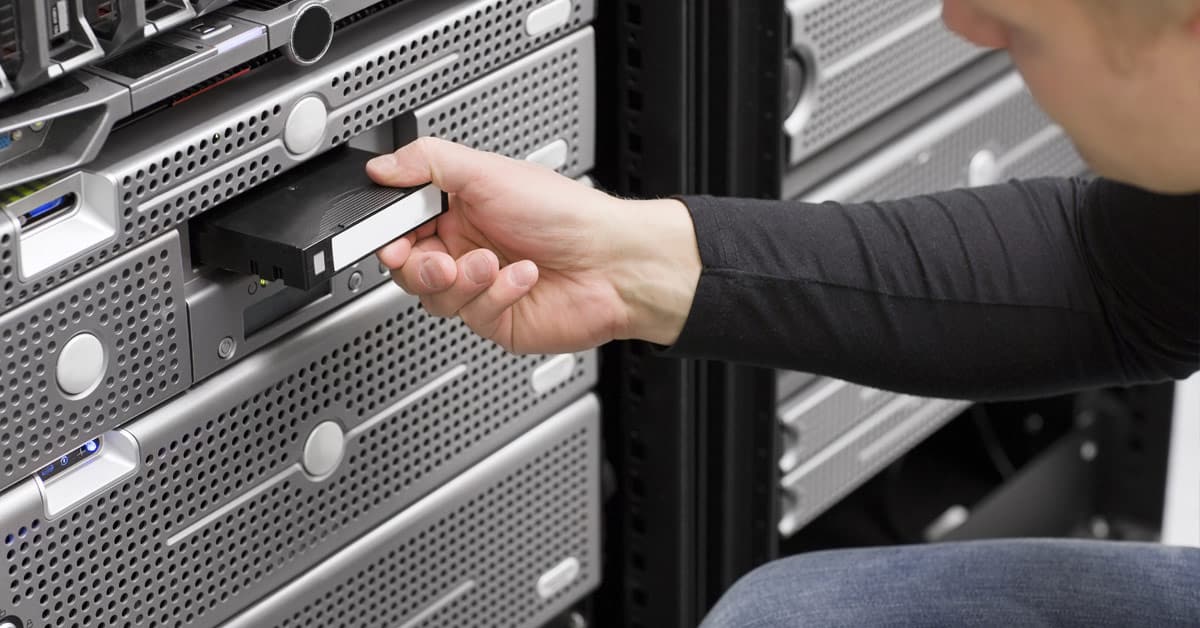
If you track the weather on a day to day basis, it is easy to see how disaster can strike any part of the world at any time. As of recent, many of these disasters have been record-breaking. From flash floods in New Jersey quickly turning into raging rivers to Category 4 Hurricane Michael demolishing small towns in Panama Beach in Florida, there appears to be no place restricted from this type of devastation. With this in mind, even though your company may not have any advanced notice of a natural disaster striking, you can make the necessary preparations to deal and recover quickly with the right type of business continuity plan.
What is a Business Continuity Plan?
A BCP or Business continuity plan can be described as a system of preventative and recovery measures that protects your company from the potential of various kinds of threats. These plans are created strategically to ensure the company’s personnel and assets can continue to function quickly in the event of a disaster and involves input from your company’s stakeholders. These plans are designed with at least one primary purpose in mind, and that is to minimize the interruptions of your business operations in every way possible.
- Developing the Basics of Your Business Continuity Plan
To develop such a plan, you need to become familiar with the anatomy of a business continuity plan. You can start this process by focusing on these 5 basic key steps.
- Scope
The scope of a BCP is designed to lay out the steps your company must follow before, during, and in the early hours of a disaster.
- Key Business Areas and Critical Functions
Some of the key business areas and critical functions in your company that must stay in operations include the following:
- Customer Support – Calls Routed to another state’s call center
- Computer and Network Systems
- Core Duty Assignments
- Plan to Maintain Minimal Functioning Operations
To keep the company’s primary operation running without disruption, this part of the plan identifies critical roles that must be available and the specific players that will fill these job functions until the entire operation is back up and running.
- Critical functions with acceptable downtime frames
Based on the severity of the natural disaster, this plan identifies the details of how long a particular function has to recover to protect the company’s personnel and assets.
- Dependent Functions Between Business Areas
The BCP will also identify which critical functions are interdependent on each other during these times, and which ones can operate solo. For instance, critical jobs in human resources must work to keep the entire organization properly staffed during these times.
- Identify What types of Fuel Will Be Used to Keep the Lights on the Essential Equipment Running
After identifying the 5 steps and the key areas listed above, you may want to focus your efforts on a specific operations that cannot run without the proper energy resources. For instance, when you are developing your plans, you need to factor in an emergency fuel service. Because the lights and other essential equipment cannot run without the traditional energy sources, you may need to rely on fuel to operate any equipment that is needed for your organization. For instance, when you create your business continuity plan with all of its necessary details, you will know what fuel services are available to you in case of an emergency. In some situations, this may mean hiring the resources to supply fuel from reserves that are housed in a portable form.
- Schedule Structured Walk-thrus to simulate these Plans in Actions
When your business continuity plan has been created and approved, everyone in your office setting should be aware of the documentation that is available. Also, to make sure that the business continuity plan works well as written, you need to plan a scheduled walk-through of the entire disaster recovery. This schedule environment will need to be as close to the real disaster setting as possible so you need to prepare your team to set up a realistic setting of what you expect to happen in advance.
- Make Adjustments that’s needed to ensure the Plan will work Seamlessly During Times of Disaster
Once you have completed the structured walk-through, you need to take note of what worked seamlessly and what did not. For instance, if some essential tools and equipment were missing or no one was in place to cover a certain assignment, you need to know exactly what happened. For instance, if you did not have enough employees on-site to keep the phone’s operations manned properly, you may want to consider diverting all phone calls to another call center in the organization to pick up the call during these critical times. By diverting these calls, the customers on the other end will never know anything that has happened to their operations. In short, your operations can continue to function with minimum support for as long as needed or until the problems with the disaster are completely over.




